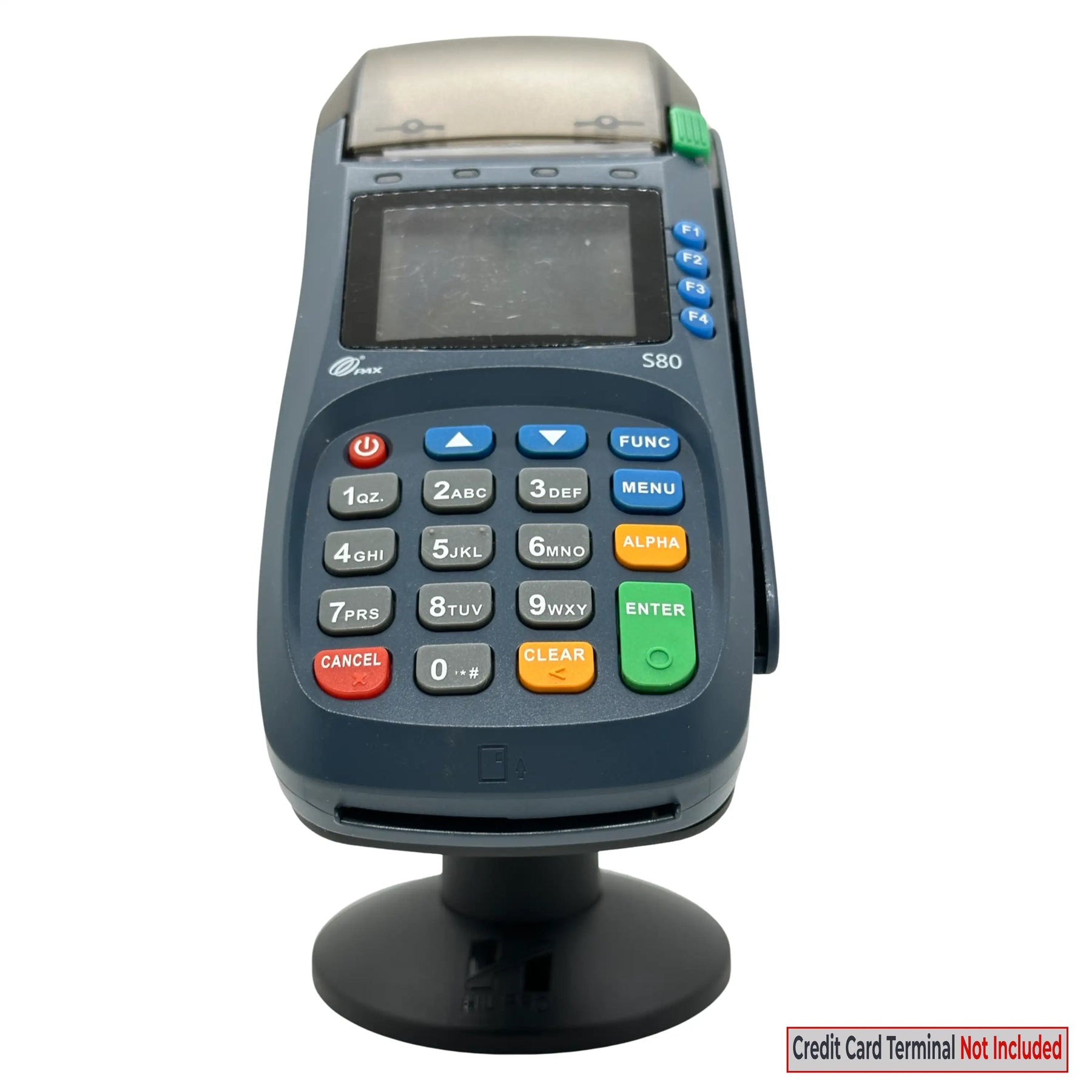
Challenges in the Retail Sector: How POS Stands Address Pain Points
The retail sector faces a myriad of challenges in today’s fast-paced market, from evolving customer expectations to security concerns. Point of Sale (POS) stands play a critical role in addressing these pain points, enhancing operational efficiency and improving the customer experience. Here’s a closer look at some common challenges and how POS stands can provide effective solutions.
1. Long Checkout Times
Challenge: Customers today demand quick and efficient service. Long wait times at checkout can lead to frustration and abandoned purchases.
Solution: POS stands with swivel and tilt capabilities allow cashiers to interact more easily with customers. By positioning the terminal to face the customer, transactions can be completed more quickly, reducing wait times and improving overall satisfaction.
2. Limited Space in Retail Environments
Challenge: Many retail spaces, especially smaller shops, struggle with limited counter space, making it difficult to set up efficient payment systems.
Solution: Compact and versatile POS stands can maximize space efficiency. Wall-mounted options or stands that can be easily moved or repositioned help retailers optimize their layouts without sacrificing functionality.
3. Increasing Need for Contactless Payments
Challenge: The demand for contactless payment options has surged, especially post-pandemic, making it crucial for retailers to adapt.
Solution: Modern POS stands are designed to support a range of payment methods, including NFC and mobile wallets. This flexibility ensures that businesses can cater to customer preferences, improving the checkout experience.
4. Security Concerns
Challenge: Retailers face significant risks from theft and fraud, especially concerning sensitive payment data.
Solution: Many POS stands incorporate security features such as locks and tamper-proof designs. This not only protects the hardware but also helps secure customer transactions, ensuring compliance with regulations like PCI DSS.
5. Adapting to E-Commerce Trends
Challenge: The rise of e-commerce means that brick-and-mortar stores must enhance their in-store experience to remain competitive.
Solution: POS stands equipped with advanced features like inventory management and integration with online sales platforms help retailers maintain seamless operations. This integration supports both in-store and online sales, allowing for a cohesive customer experience.
6. Employee Training and Turnover
Challenge: High employee turnover can lead to inconsistent service and the need for ongoing training.
Solution: User-friendly POS stands simplify the training process. Intuitive interfaces and easy setups help new employees get up to speed quickly, ensuring that customer service remains high-quality even during staffing changes.
7. Maintaining Brand Identity
Challenge: Retailers want to create a cohesive brand experience, but generic POS systems can detract from their unique identity.
Solution: Customizable POS stands allow retailers to personalize their terminals, incorporating branding elements that enhance the shopping experience and reinforce brand recognition.
Conclusion
As the retail landscape continues to evolve, the challenges faced by businesses become increasingly complex. POS stands are not just essential for processing transactions; they are integral to creating a seamless, efficient, and secure shopping experience. By addressing key pain points, these stands help retailers adapt to changing market demands and enhance customer satisfaction, ultimately driving sales and loyalty.
